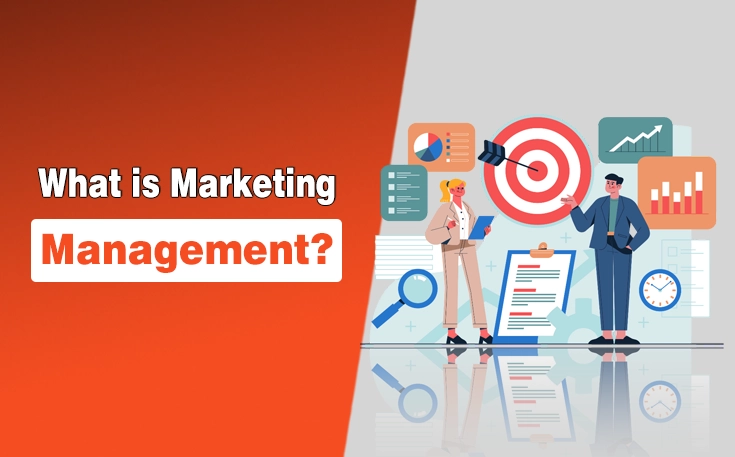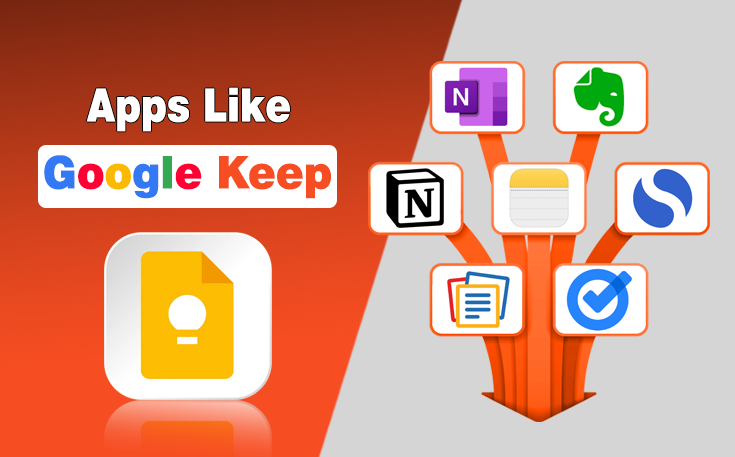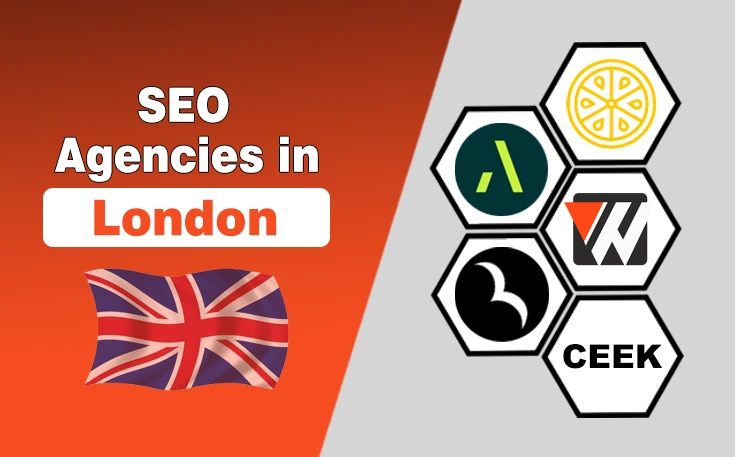Engaging your audience and keeping them interested in your brand is a key aspect of any successful marketing strategy.
In this digital age, where consumers are bombarded with different content and offers, grabbing and maintaining their attention requires innovative and effective approaches.
According to Wyzowl, 89% of consumers want to see more video content from brands they support, highlighting the importance of engaging media.
Research from Sprout Social indicates that 70% of consumers feel more connected to brands whose CEOs are active on social media.
It highlights the need for businesses to adopt diverse and interactive strategies to foster a loyal and engaged audience.
In this blog post, I will share the best strategies to engage your audience and keep them coming back for more.
What is Audience Engagement?
Audience engagement is an emotional relationship, attachment and interaction between a brand and its consumers. The more engaged audience you have, there will be more opportunities for increased conversion and growth.
It is an important component from which a brand can drive conversion rates and easily reduce bounce rates. It is also helpful for brands to boost their annual revenue.

Best Strategies to Engage Your Audience
Engagement with your audience can help you to drive site visitors and reduce bounce rates. Here you will get some of the best tactics to engage with your audience:
Understand Your Audience
Understanding your audience means understanding their requirements and expectations, which can help your brand fulfil them. Conduct proper research about your target audience and determine their needs and wants.
You should gather insights into their demographics and interests to determine what drives them. This knowledge can be useful for you to produce content that fulfills all their needs and requirements. It has the ability to drive customers’ engagement with your brand.
Create Compelling Content
Quality content is essential for engaging customers with your brand. Content is king when it comes to audience engagement.
It is important for businesses to craft compelling and informative content to enhance their engagement with their audiences. Create content that has the ability to address your audience’s pain points to make them feel valuable. It would be best to recommend some solutions to their queries to enhance their trust in you.
Also Read: Ways to Increase User Engagement on Your Website
Utilize Visual Elements
Visual content is one of the important elements to attract audiences’ attention. You should use multimedia in your content to attract audiences and enhance engagement with them to drive conversion rates.
Use eye-catching visuals, such as images, infographics and videos, to supplement your content. It not only enhances the overall customer experience but also helps you to convey your messages in an effective manner. You can use visuals to transfer complex information in a more digestible and engaging way.
In a survey regarding pivoting visual marketing strategy, 63.3% of marketers said yes, and they revamped their strategies for better engagement.

Encourage Interactions and Participation
Audience engagement is reciprocal. By posing queries, getting feedback, and extending an invitation for people to share their experiences, you can motivate your audience to actively engage. In addition to helping you raise your profitability aspects, this will improve their interaction with your brand.
Include interactive features in your content, such as surveys, polls, quizzes, and contests, and motivate your audience to take part by providing incentives. In order to build community and give your audience a sense of being heard and appreciated, you should reply to messages, comments, and feedback.
Personalize your Communication
Personalization is key to creating a strong connection with your audience. Address your audience directly, using their names whenever possible. It makes them feel valuable and heard, which increases their engagement and helps you also to drive an organic audience to your website.
To better connect with your audience, it’s important to design your content to their specific needs and preferences. Using data and analytics, you can segment your audience and deliver targeted messages that resonate with each group. Construct a stronger connection with your audience by making them feel acknowledged and understood.
Utilize Social Media Platforms
Social media platforms offer an incredible opportunity to engage with your audience on a personal level. Conduct research about the social media platforms on which your target audience is most active and create a strong presence there. You should craft content and respond to all comments to participate in relevant discussions to show your expertise.
This will enhance your credibility and trust, which generates leads for you. You can also use social media platforms to provide behind-the-scenes insights and interactive live sessions. This will enable a sense of exclusivity and community.

Consistency and Frequency
Consistency and frequency are vital components of maintaining audience engagement. By creating a content calendar and sticking to a posting schedule, you may achieve consistency. Delivering new and pertinent information on a daily, weekly, or monthly basis should be your goal.
Furthermore, since quality makes your material valuable and interesting, quality should never be sacrificed for quantity. Instead of bombarding your audience with subpar information, concentrate on producing valuable, high-quality content.
Conclusion
Engaging and retaining your audience requires a strategic and dedicated approach. You can create a community of engaged followers by understanding your audience, creating compelling content and utilizing social media platforms effectively. Customers need to be engaged to generate high annual revenue and decrease the bounce rate of your website.
Customers follow the brands whom with their emotional connection, therefore, you should create a trustworthy emotional connection with your audience to keep them. Remember, audience engagement is an ongoing process that requires continuous effort and adaptation to meet your audience’s evolving needs and expectations.
Need custom app with amazing features?
Get a Quote




